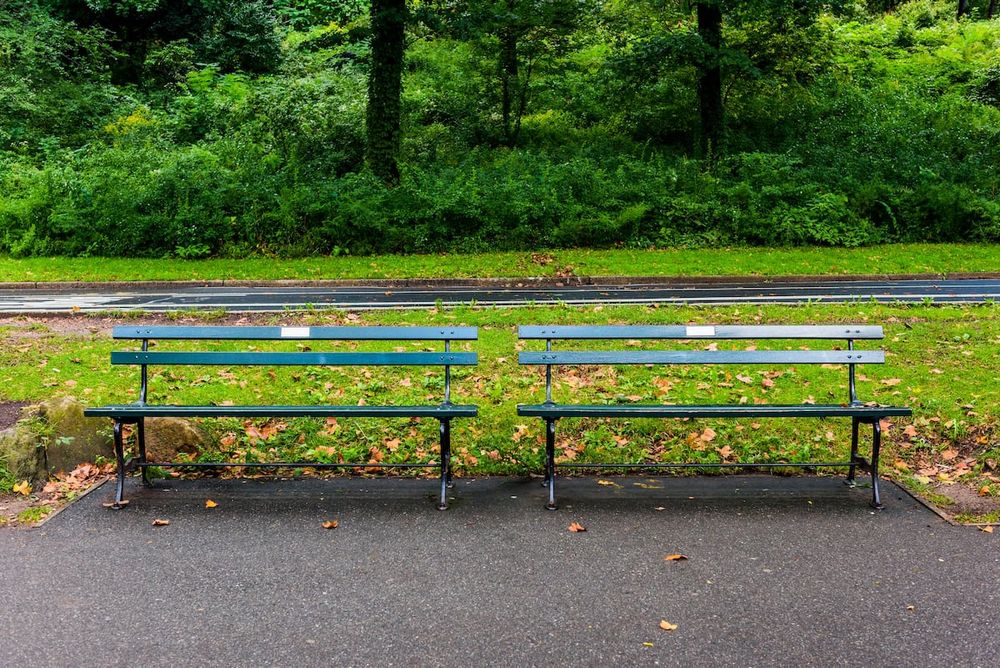Reposted by: Darío Hidalgo



doi.org/10.1186/s406...
@springer.springernature.com


Yannone et al. (2025)
Colombia 8.6 motorcycle deaths per 100,000 people (2.63 F, 14.89 M)

link.springer.com/article/10.1...
@springer.springernature.com

Very livable space

Other cities in Colombia using gondolas for public transport: Medellín, Cali, Bogotá, Pereira

Greetings from Bogotá


Reposted by: Darío Hidalgo
In Bloomberg, I explored how street safety became a political issue in Europe, much like in the US. 🧵
www.bloomberg.com/news/feature...

by Darío Hidalgo — Reposted by: Darío Hidalgo
The first train arrived from China 🚈
Fully automated
Six cars, 1800 passengers per train
26 trains per hour (up to 40 in the long term)
Scheduled operation in March 2028

by Darío Hidalgo — Reposted by: Darío Hidalgo
Conversation at the 20th anniversary of Transforming Transportation
@wrirosscities.bsky.social
World Bank
Nancy Kete, founder of Embarq
#TTDC23

C3E Women in Clean Energy Symposium @ MIT
youtu.be/PyKGzpBLp8k?...

by Darío Hidalgo — Reposted by: Darío Hidalgo
Rest in peace
Great leader in air quality policy, pioneer in climate change, founder of Embarq @ @worldresources.bsky.social
Member of @rockefellerfdn.bsky.social
Thanks for your legacy


Ivan Souza Vieira
Urban Affairs Review
journals.sagepub.com/doi/abs/10.1...

by Darío Hidalgo — Reposted by: Darío Hidalgo
Nicholas Goedeking @idos-research.bsky.social
Interesting combination of top-down and bottom-up project preparation and finance, Protram-Fonadin BRT Program in 8 cities
www.tandfonline.com/doi/full/10....

Reposted by: Darío Hidalgo
@elespectador.com. Hoy escribí sobre él: un referente digno, valiente y honesto en esta época tan llena de influencers y luminarias. www.elespectador.com/opinion/colu...

Reposted by: Darío Hidalgo
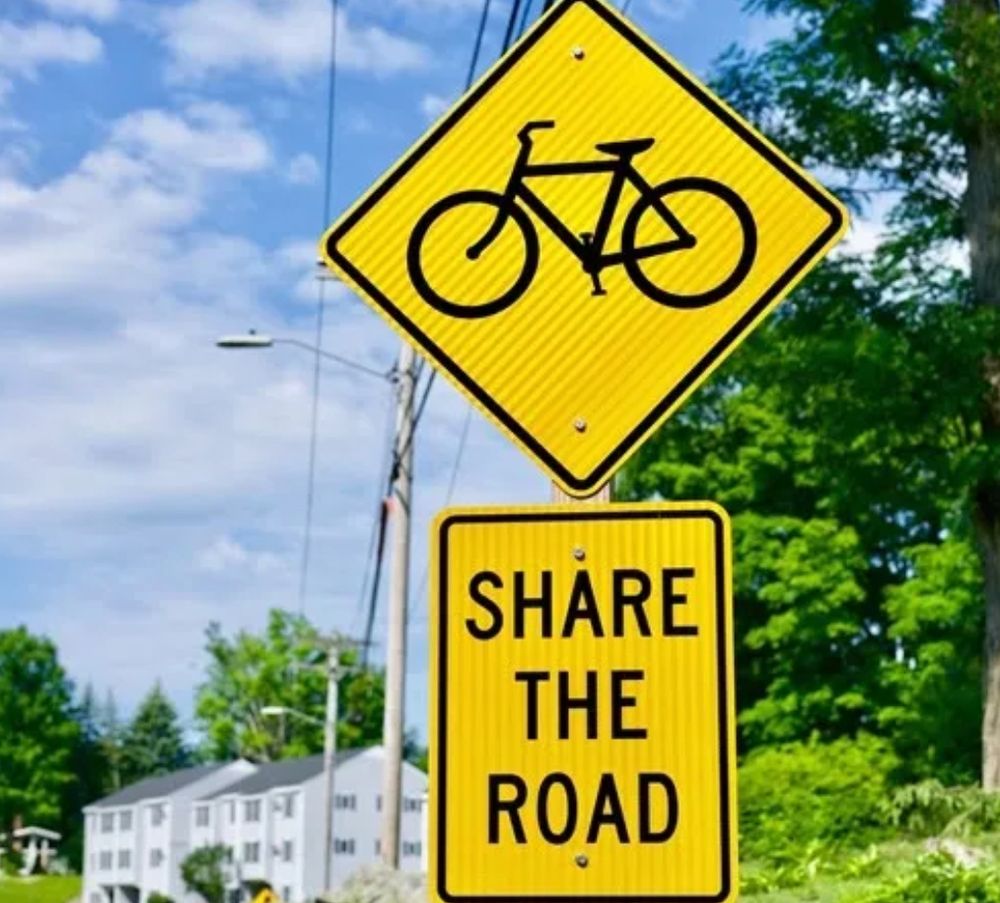
by Darío Hidalgo — Reposted by: Darío Hidalgo
@wrirosscities.bsky.social
Reposted by: Darío Hidalgo
2/
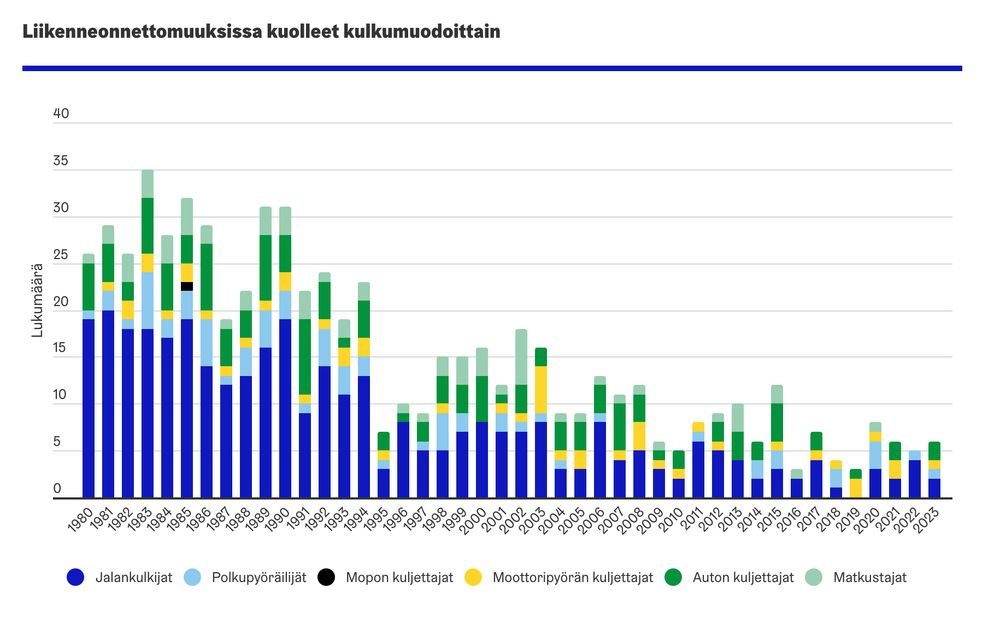
Reposted by: Darío Hidalgo, Richard Shaw, Anthony Burke
Helsinki, a city of 690 000 people, has now had a full year without any traffic fatalities. None. No pedestrian, cyclist, scooter user or car deaths.
This is a huge achievement for a city of our size. 💪🏻
A little background 🧵 1/
yle.fi/a/74-20174831
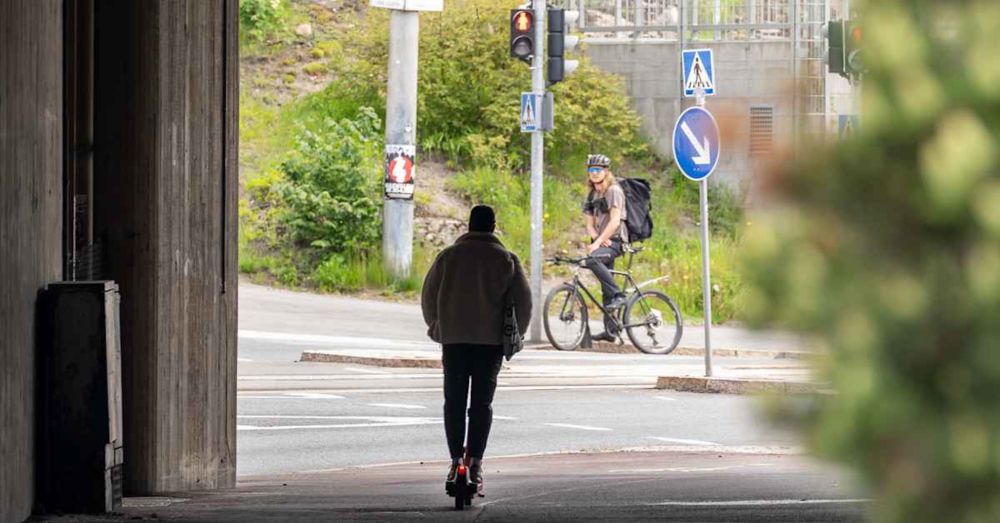
Ana Margarita Larrañaga
Juan de Dios Ortúzar
Daniel Oviedo
Alejandro Ruiz-Padillo
Latin American Transport Studies
www.sciencedirect.com/science/arti...
A research agenda
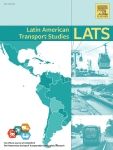
critical aspects of the Buses of High Level of Setvice BHLS to gain ridership🚌
Case study in the Netherlands 🇳🇱
Dekker (2025) #TUDelft #EBS
scholar.google.com/scholar_url?...
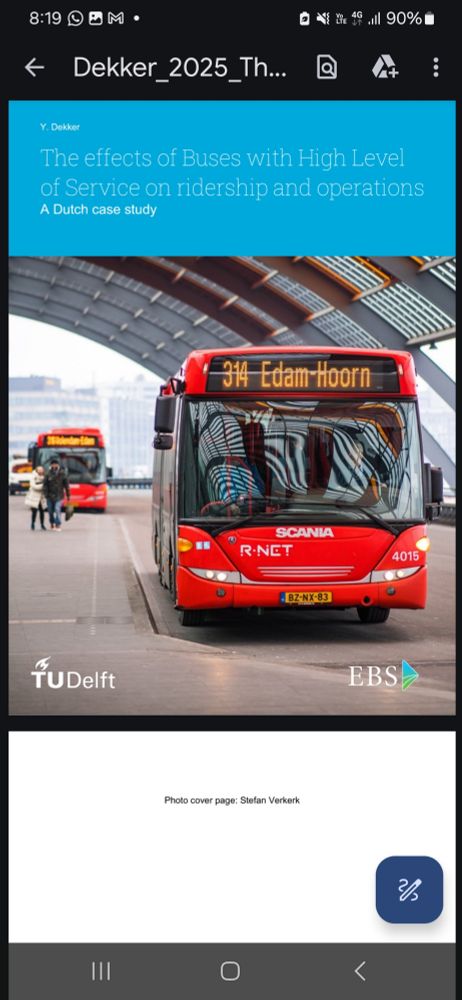
Reposted by: Darío Hidalgo
"I am also a bus," says the Ferry.
"I am also a train," says the Bus.
"I am also a tram," says the Train.
#Switzerland's way of showing a national or regional transit pass buys access to all of the above.
It's not the mode—it's the mobility.
🚋🚌⛴️🧵
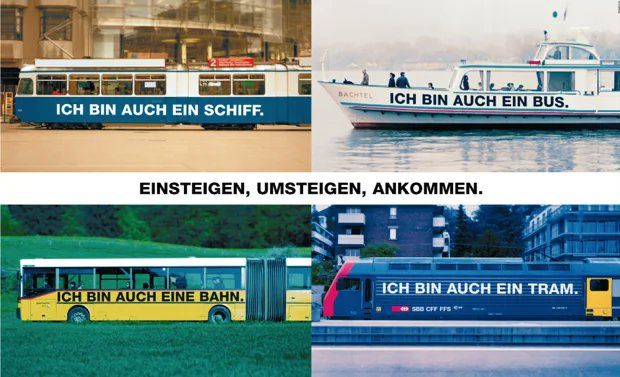
"43.1% of electric bicycle trips and 63.2% of electric bicycle mileage would have been undertaken using a car if no e-bike had been available, highlighting their substantial potential to reduce transport-related CO2 emissions"
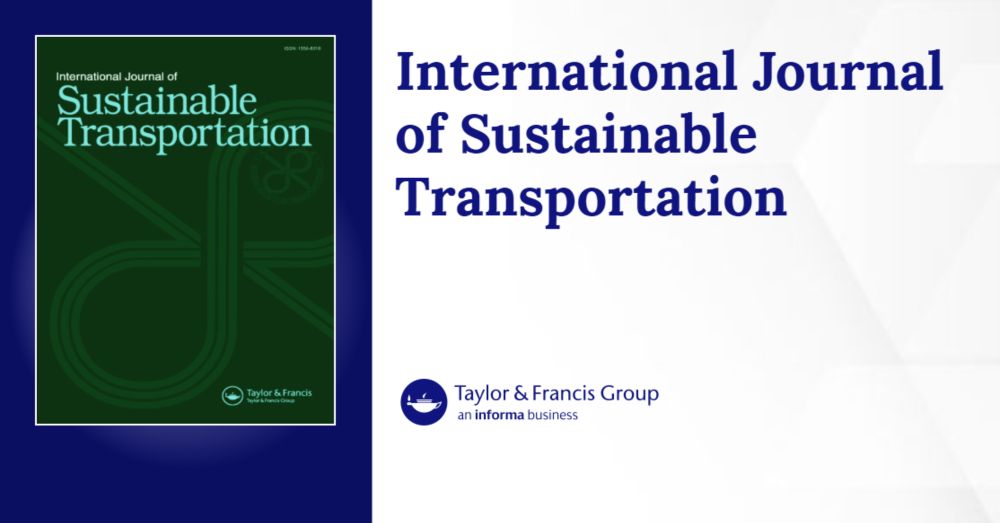
Reposted by: Darío Hidalgo
Thanks very much @momentummag.bsky.social for the great questions! #Paris
Public transport system in Cali🇨🇴
Oribio Quiñones et al. (2015)
www.sciencedirect.com/science/arti...
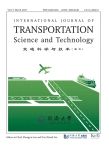
Reposted by: Darío Hidalgo
